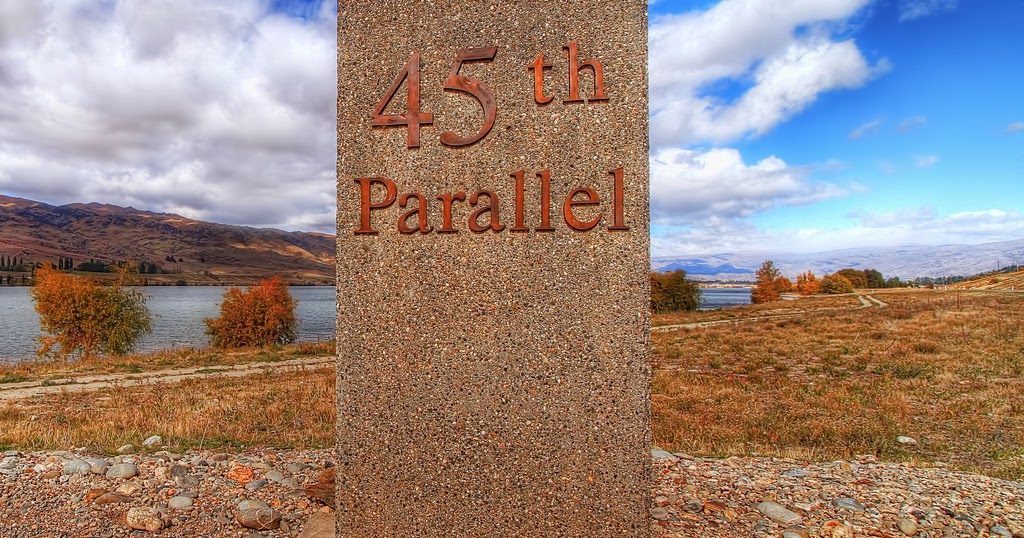

So, the question is, how are you going to define these 90 equal divisions between the equator and the pole? Generally it’s done from the center of the earth, but that’s not entirely precise. As I say in my column, if this is confusing you, pick up an egg and try doing it on an egg and you might figure it out. It gets pushed out more around the equator and flattened at the poles.Īs a result, if, from the equator to the North Pole, you’re going to divide it up into 90 equal degrees, if you do that angular degrees from the center of the earth, when they hit the surface of the earth they’re going to be slightly different distances apart because you’re not going out to a ball. It’s actually slightly squashed… It’s more like a ball that’s slightly deflated and you’re sitting on it. The problem, basically, is that the earth is not a sphere. To us laymen, the 45 th parallel sounds like a very precise thing, but it actually depends on how you define it. What’s the basis of this disagreement?ĭisagreement is maybe not the right word. There’s some disagreement about where the 45 th parallel is.

He spoke with NHPR’s Peter Biello about his column. The 45 th parallel, in other words, is a fuzzy line, and in this week’s Granite Geek column for the Concord Monitor, David Brooks explains why the line is so difficult to nail down-and why so many people insist upon trying. Such signs appear in quite a few places along the 45 th parallel, but some are farther north and some farther south than others. If you pass through the northern New Hampshire town of Stewartstown and Clarksville, you may notice signs informing you that you are standing on the 45 th parallel, the halfway point between the North Pole and the equator. Granite Geek: The Hunt for New Hampshire's 45th Parallel For these places, weather, gas prices, currency exchange rates, and whether they draw visitors for outdoor activities, site-seeing, or shopping could all be factors.Summary provided by StateImpact NH So while statewide reports may indicate overall restaurant or retail sales are up or down, the story might be very different in New Hampshire’s main tourism communities. It encompasses hotels, resorts, restaurants, retail, and arts and entertainment, among other things. From the business perspective, “tourism” is a broad term. Canadian tourists, especially Quebeçois, also make up a sizable number of New Hampshire’s visitors. Some of the heaviest marketing efforts are concentrated in Boston, Philadelphia and New York City. Given this close relationship, the state provides funding to market New Hampshire to potential tourists. It’s also a clear point of intersection between government and industry, with the state maintaining a number of parks, campgrounds, and historical sites, and nearby businesses in turn catering to visitors’ needs. Tourism is New Hampshire’s second-largest industry–if you combine the state’s smart manufacturing and high technology sectors (SMHT).


 0 kommentar(er)
0 kommentar(er)
